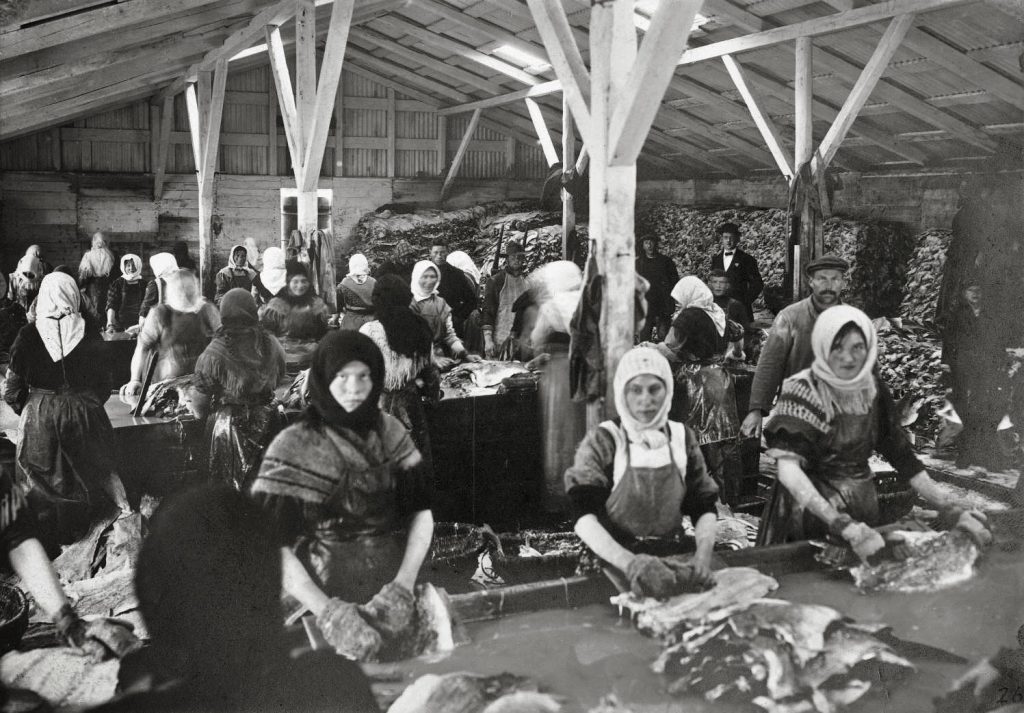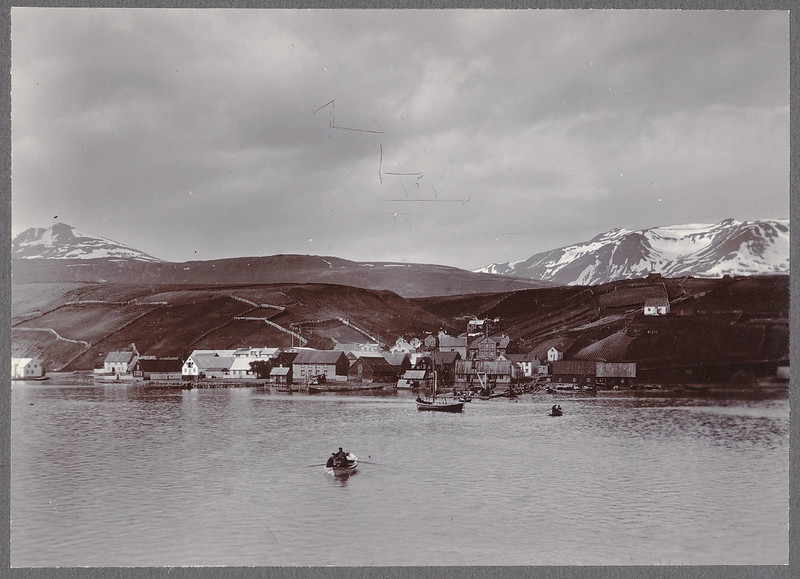A woman’s life is always filled with compromises
This observation sums up the story of Karitas Jónsdóttir, an artist with enormous talent who spends her life caught between her unrelenting need to express herself through art and the harsh demands of family, society, and survival in early 20th-century Iceland.
Karitas is born into a family of six children, held together by their mother’s sheer determination. After losing her husband, she moves them around the country from rural western Iceland to the city of Akureyri, to seek better opportunities. The older children endure brutal labour, spending weeks gutting and salting herring in freezing weather until their hands bleed -to keep the family fed and save up for their education.

But the hard work and Karitas’ ingenuity does eventually land all six children in school. Karitas too eventually gets to study, but not for a practical trade as her mother intended. When the wealthy Madame Eugenia, herself a frustrated artist, recognises the young girl’s talent, she is sent to the Royal Academy of Fine Arts in Copenhagen.
Upon returning to Iceland five years later, Karitas faces the harsh reality that art cannot provide a livelihood here. Back in Akureyri, gutting fish, she meets the dangerously handsome fisherman, Sigmar Hilmarsson. He lets her draw him naked, fulfilling an artistic dream denied to women at the Academy, and soon enough she finds herself pregnant (saw that one coming from a mile away, didn’t we?)

This marks the start of a relationship as turbulent as the Icelandic weather. Moments of fiery passion clashing with two stubborn, unyielding wills. It also marks the start of Karitas’ unending struggle to balance motherhood, art and sheer survival, as the ambitious Sigmar disappears out to sea for increasingly long stretches.
The book revolves around women — the choices they make to survive, and the relationships between mothers and daughters, sisters, girlfriends, and neighbours. This world is built on their strength, because in 19th-century Iceland, men are often at sea and sometimes never return. The women are left to fend for themselves, and when Karitas proves incapable of managing her home and children, the women around her step in.
Was she focused on art, after all
—or were there artists who thought of clotheslines?
I very much enjoyed the subtle undercurrents of magical realism. Elves and ghosts linger at the edges. Hooded figures descend from the cliffs at night. A blue milk jug inexplicably vanishes. A man visits Karitas in her dreams, and may or may not be the father of one of her children. All of this can be explained with Karita’s loneliness, insomnia and fraying mental state. But the often blurry lines between the real and the supernatural is something I’ve come to love about Icelandic literature.

Each chapter opens with the title of a painting that echoes events in that section, which I found a beautiful way of letting Karitas’ art speak for itself.
I generally enjoyed this book, though I found it slow at times, and I often got annoyed with Karitas, who seems to let life “happen” to her. The ending felt abrupt. Karitas begins to make personal choices in a way she hasn’t before, but it leaves you with more questions than answers, which I found unsatisfying. However, I’ve since discovered that a sequel exists, which explains the ending and leaves me curious enough to read on.
The pictures of yours that I have seen are quite strange,
but they have a kind of inexplicable magic to them.
Perhaps the best art is that which one doesn’t understand.
I wish I could say Karitas’ story feels like a relic of a different time. But I suspect the balance between our personal desires and external expectations is an uncomfortably familiar struggle for most of us. How often do we feel torn between our passions and what life demands of us? How many of us have quietly — or not so quietly — set aside our dreams because life had other plans?
Read it already? Check out my other suggestions for Iceland!




